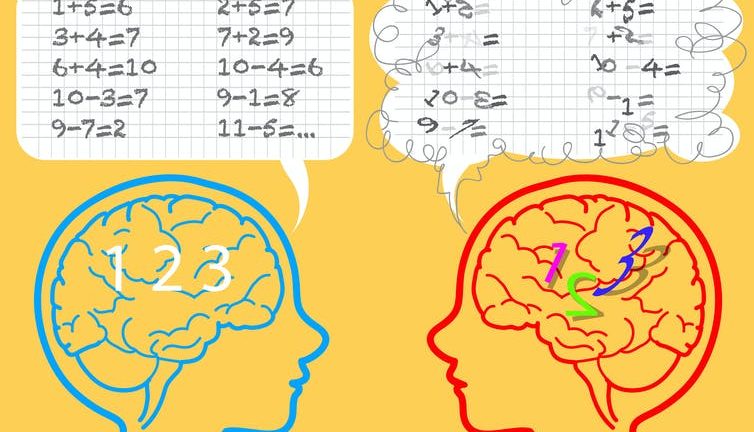It is never a surprise if most of the students in a class don’t get maths. Everyone would try to get their heads around complex steps only to confuse themselves even more. This feeling is normal. However, it becomes a problem only if they have an impediment in showing even a slight improvement and might reflect a condition called Dyscalculia. This blog will help you in understanding Dyscalculia and help your children improve in Maths.
Sugsar’s Maths tuition in Chennai engages the children in a wide range of exercises that sharpen their analytical abilities. Our methods will certainly bring substantial change in the performance of the child. So, how can you tackle Dyscalculia?
What is Dyscalculia?
In basic terms, Dyscalculia is a math learning disability. Around 7% of elementary school children face this issue. Even though they are common like Dyslexia, people do not fully grasp the problem. It is so misunderstood that it is also called math dyslexia, which is very far away from the truth.
Symptoms of dyscalculia
Subitizing
The very first sign of dyscalculia is seen when a child loses track of counting numbers. They may have trouble identifying things in a group by mere sight. For instance, a regular person can easily identify two or four on a dice without actually counting them but a dyscalculia student would struggle to do so. Our concentration exercises for students help them to reinforce certain techniques to remember and apply what they learn.
Lose of basic understanding of numbers
Sometimes, the children might be unable to get hold of numbers and their basic concepts. It becomes hard for them to judge which number is bigger in terms of value.
Anxiety
A child who has dyscalculia would also feel anxious when it comes to numbers. Since the numbers look alien to them, they may shy away from maths homework or avoid paying attention to the maths classes at school.
Dyscalculia can also make it difficult to:
- Comprehend word problems
- Associate the numeric form of a number, say 2, to its word form—two.
- Understand graphical representation. It is recognized as one of the dysgraphia characteristics.
- Read time
- Memorize phone numbers
- Understand basic calculations such as addition, multiplication, and subtraction
Diagnosis and treatment for dyscalculia
You should first rule out any visual hindrances that can cause reading problems. Then, check with your child’s math teacher for areas of improvement. If all signs point to dyscalculia, then talk to a right brain training expert for proper guidance.
Dyscalculia is diagnosed through a test called psychoeducational test that determines the level of the problem. This test will generally evaluate:
- Analytical Fluency
- Quantitative Reasoning
- Computational abilities
- Mental computation
Based on the results obtained, the expert would prescribe the next set of procedures to improve the mathematical skills of the child.
The brain training expert would start specially designed learning programs and games to make it easier for the child to understand mathematical concepts. Over a period of time, consistent efforts will improve the child’s ability to perform well in the subject.
